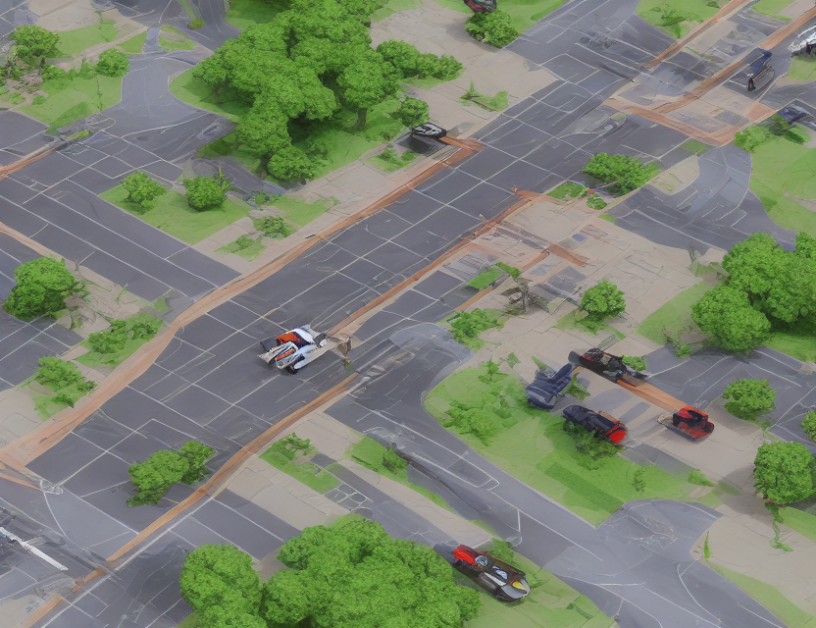Autonomous Driving via SAC Algorithm
Autonomous driving is a fascinating field that combines AI, computer vision, and robotics to enable vehicles to navigate roads independently. One approach to achieve this goal is through the use of reinforcement learning (RL) algorithms. However, RL faces challenges such as vanishing gradients and slow convergence during feature extraction and selection processes. To overcome these issues, the authors propose a novel approach that combines residual structures and SAC algorithm.
The Proposed Methodology
The proposed method involves merging multiple inputs into a fusion structure to create a more comprehensive understanding of the environment. The authors use data concatenation and map it to a reduced-dimensional space in subsequent layers with specifications. However, this approach presents some challenges, such as vanishing gradients and slow convergence during feature extraction and selection processes. To address these issues, the authors propose using entropy-regularized reinforcement learning.
Entropy Regularization
In entropy-regularized reinforcement learning, the agent receives an additional reward at each time step proportionate to the policy entropy for that specific time step. This adjustment transforms the RL goal from reward maximization into a problem of minimizing the Kullback-Leibler divergence. By reparameterizing the expectation, the authors can define the policy objective as the negative log probability of taking a particular action given the current state.
Minimizing the Kullback-Leibler Divergence
To approximate the gradient of the policy objective, the authors use a reparameterized version of the expectation. They first take the gradient of the logarithm of the policy probability and then subtract the gradient of the Q-function at the current state and action. This process enables the agent to learn the optimal policy that maximizes the expected cumulative reward over time.
Iterative Interactions and Data Collection
Through iterative interactions and data collection, the Q-function and policy networks will reach a state of convergence, which enables the agent to obtain the maximum reward in each episode. The authors propose using SAC algorithm as the core component of their approach to learn the optimal policy.
In conclusion, the article presents an innovative approach to autonomous driving that combines residual structures and SAC algorithm. By addressing the challenges of vanishing gradients and slow convergence, the proposed method enables the agent to learn the optimal policy that maximizes the expected cumulative reward over time. The authors demonstrate the effectiveness of their approach through simulations and highlight its potential for real-world applications.



